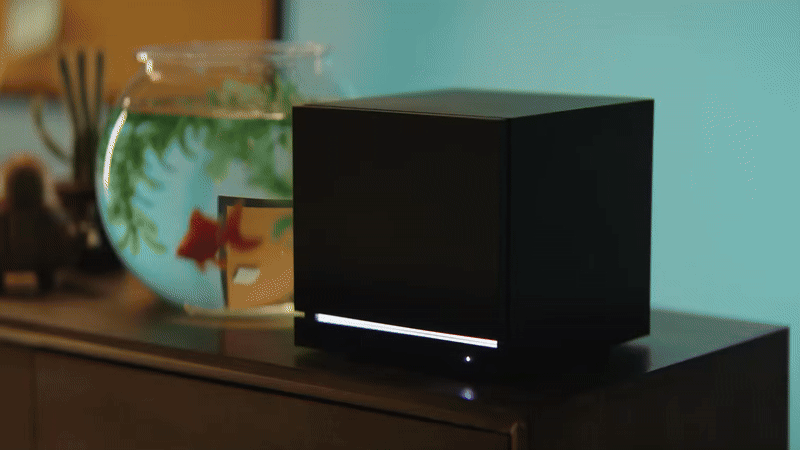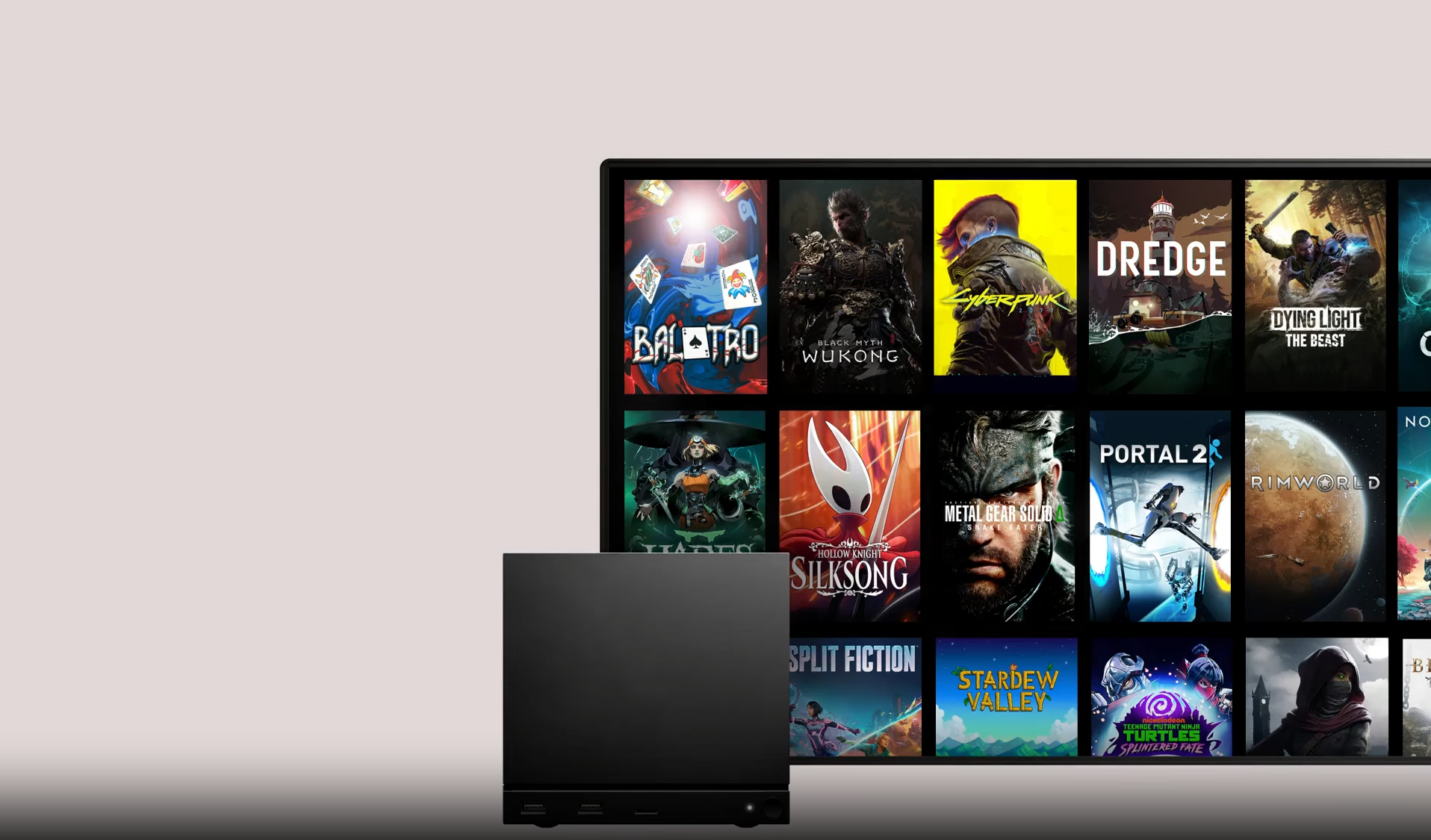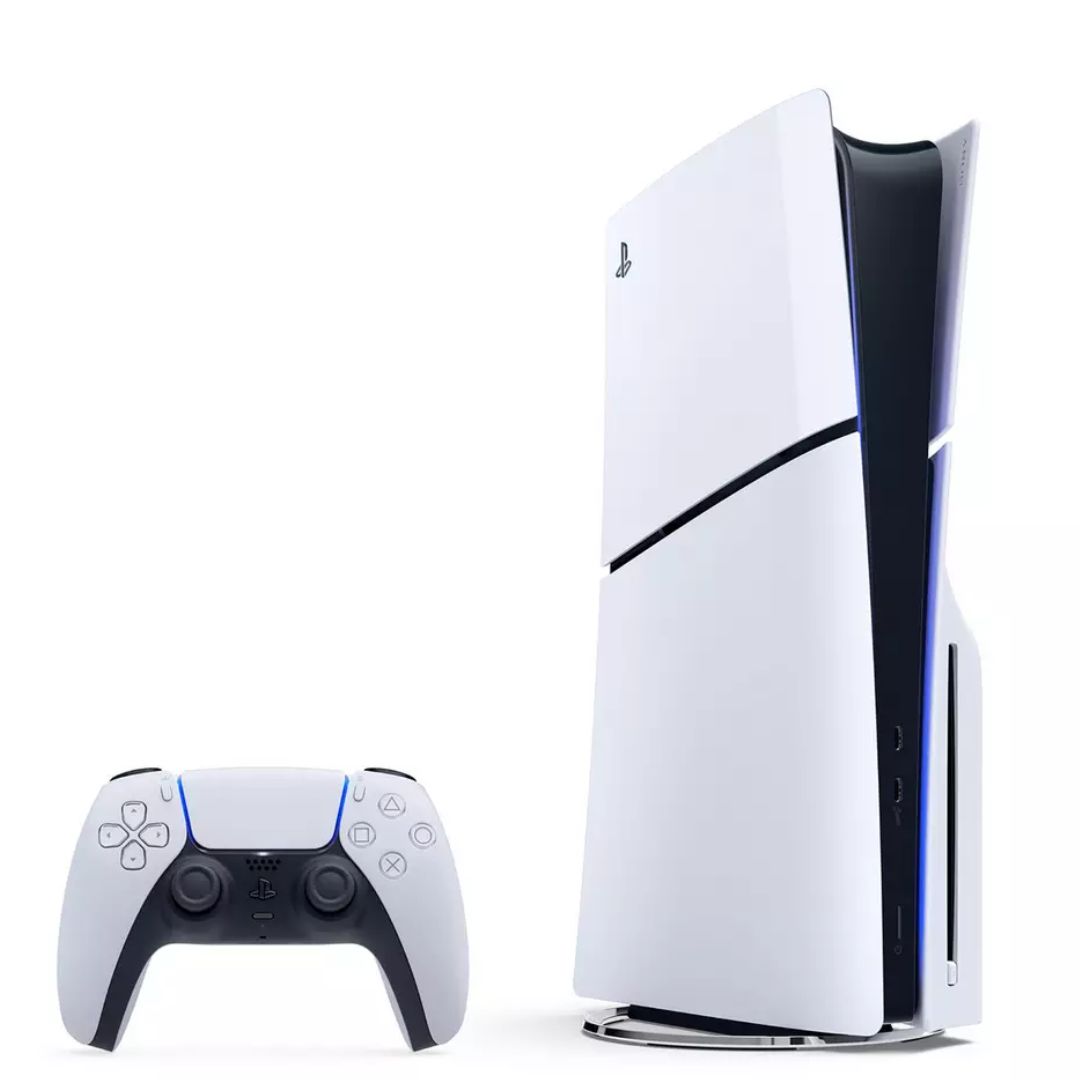Steam Machine vs Steam Deck: the 4 biggest differences explained
Valve is bringing the heat to console-like gaming

- Valve's new gaming Steam Machine is slated for launch in spring 2026, but prices have not been announced yet
- Specifications highlight major differences between the new system and the Steam Deck
- The Steam Machine's processor and its specs suggest it could challenge current-gen consoles
It's been literal years since rumors began about Valve's plans for new hardware after the Steam Deck's launch in 2022, with whispers growing about a system that acts as a hybrid gaming PC and console setup. And now we finally have our answer: the new Steam Machine slated for launch in spring 2026. However, one of the main questions is, how does this compare to the Steam Deck?
As per the specification sheet, the Steam Machine (not to be confused with the discontinued series that started in 2014) is "over six times more powerful than the Steam Deck", thanks to a new processor and GPU that are capable of performance that's set to exceed anything the handheld can deliver.
Fundamentally, the Steam Machine isn't a handheld, so while a comparison between the two systems may not seem natural, it's the first system to follow after the Steam Deck OLED while running SteamOS, and one that could potentially indicate what lies ahead for a handheld successor in the future.
It's worth noting that the specifications may very well change ahead of its eventual launch. But for now, let's discuss the key differences between the Steam Deck and the new Steam Machine...
1. Steam Machine has a significantly stronger CPU and GPU

The Steam Deck LCD and Steam Deck OLED have never been considered powerhouse handheld gaming devices, but have managed to stay within the charts among the best handheld consoles – where some might even say they're the best, thanks to their affordability and ease-of-use.
Valve is not kidding when it says the Steam Machine is over six times more powerful than the Steam Deck; both LCD and OLED models use a Zen 2 4-core CPU and RDNA 2 GPU with only eight compute units (CPU and GPU are combined on the APU).
With the Steam Machine, Valve is aiming for much more power, using an AMD 6-core Zen 4 CPU, and a 'semi-custom' AMD RDNA 3 GPU, with 28 compute units. Not only is there a major step up in architecture from Zen 2 to Zen 4, resulting in faster clock speeds, but the Steam Machine has 20 more compute units, closer to what can be found in the PS5 (36 compute units) or even a low-end Nvidia RTX GPU.
Sign up for breaking news, reviews, opinion, top tech deals, and more.
While those specifications aren't the be-all and end-all, it's enough to place the Steam Machine and the Steam Deck far apart from each other in terms of power and performance, as you would expect for a PC built for desktop and couch setups.
2. Steam Machine has ray tracing support and 4K gaming at 60fps

While the Steam Deck can play some games with ray tracing settings enabled (or at a 4K resolution while maintaining decent frame rates), there aren't many games where that would be possible without running into single-digit frame rates or having to use aggressive upscaling.
The Steam Machine seems set on changing that, with its spec sheet explicitly mentioning ray tracing support, and 4K gaming at 60fps using AMD's FSR upscaling method.
For now, this should be FSR 3, since AMD hasn't yet backported FSR 4 to RDNA 3 hardware, but that may change by the time the Steam Machine launches (especially since FSR 4's source code was accidentally leaked).
With ray tracing and 4K gaming at its forefront, this places it well beyond the Steam Deck's reach yet again.
3. Steam Machine has more RAM for system and games

While the Steam Deck has 16GB of LPDDR5 RAM, the maximum that can be used for the games (or more specifically, the GPU) is 4GB.
With the Steam Machine, the specifications indicate that 16GB of DDR5 RAM will be available as general system RAM, while 8GB of GDDR6 seems set as RAM allocated for gaming.
This should generally improve performance alongside the upgraded processor and GPU, and give it more headroom for sustained frame rates by reducing stuttering issues – and this is what helps the Steam Deck when increased to 4GB from its 1GB default.
4. The Steam Machine's connectivity highlights a hybrid PC and home console nature

If it wasn't clear enough already, the Steam Machine is a departure from the Steam Deck's handheld nature, where a couch or desktop gaming setup is the way to go. The Steam Deck could be docked and used on a gaming monitor or TV, but that came with the handicap of losing performance at higher resolutions than 800p.
With the Steam Machine, Valve has clearly designed this to be a designated home console that can either be used on a gaming monitor or TV, with two display output ports via DisplayPort 1.4 and HDMI 2.0, and others such as 4x USB-A ports, and 1x USB-C 3.2 Gen 2 port.
There is no sign of HDMI 2.1, but HDMI 2.0 (with chroma subsampling) still allows for 4K 120Hz gaming. DisplayPort 1.4 also supports 4K 240Hz, a huge boost for any gamers on monitor setups.
There is still plenty more information to come, as there is no word on pricing yet, and the question remains whether Valve's new gaming system will replicate the Steam Deck's affordable price template.
Follow TechRadar on Google News and add us as a preferred source to get our expert news, reviews, and opinion in your feeds. Make sure to click the Follow button!
And of course you can also follow TechRadar on TikTok for news, reviews, unboxings in video form, and get regular updates from us on WhatsApp too.

➡️ Read our full guide to the best gaming consoles
1. Best overall:
PlayStation 5 Slim
2. Best budget:
Xbox Series S
3. Best handheld:
Nintendo Switch 2
4. Most powerful:
PlayStation 5 Pro

Isaiah is a Staff Writer for the Computing channel at TechRadar. He's spent over two years writing about all things tech, specifically games on PC, consoles, and handhelds. He started off at GameRant in 2022 after graduating from Birmingham City University in the same year, before writing at PC Guide which included work on deals articles, reviews, and news on PC products such as GPUs, CPUs, monitors, and more. He spends most of his time finding out about the exciting new features of upcoming GPUs, and is passionate about new game releases on PC, hoping that the ports aren't a complete mess.
You must confirm your public display name before commenting
Please logout and then login again, you will then be prompted to enter your display name.